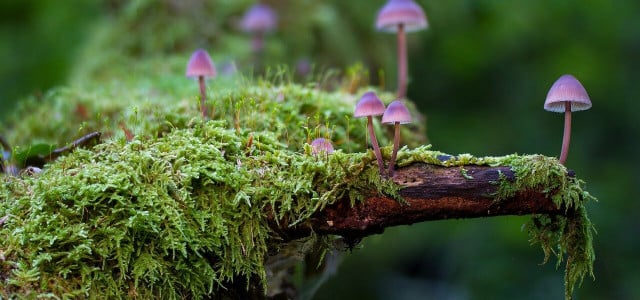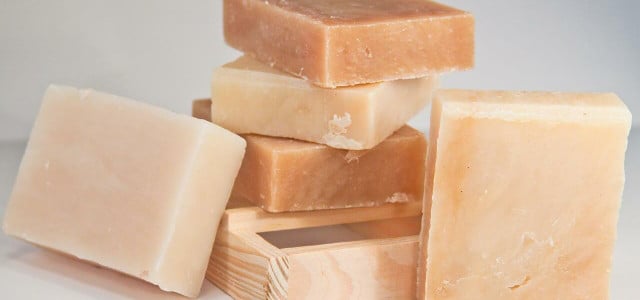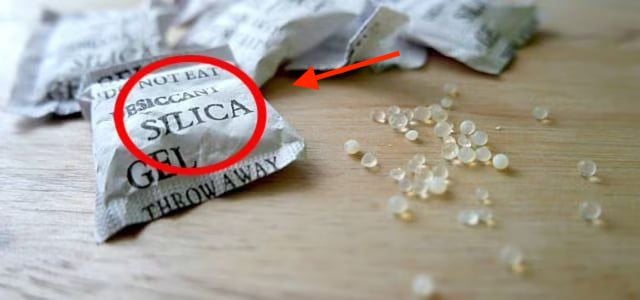Learning how to preserve moss can be a creative way to experiment with plant-based artwork and decor. Here’s how to add a sustainable twist to your space.
Moss is a plant that doesn’t need much attention because it can survive in various conditions. It can grow on rocks, tree bark, and the ground, among other objects with moisture. Moss is non-invasive and can grow in some really harsh climates.
This is why moss is a popular choice for gardeners and landscapers alike. It can also be used indoors to make your garden look beautiful and natural. So what do you do with your moss? You can preserve it to fill bare patches in your yard or make your house look more inviting. Here, we’ll describe all the ins and outs of how to preserve moss sustainably.
What is Preserved Moss?
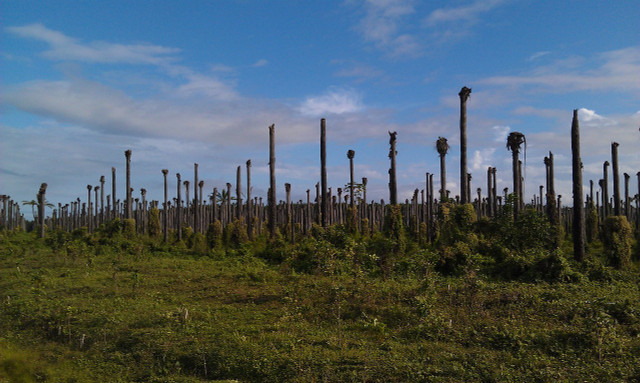
When we talk about how to preserve moss, there are a few things to keep in mind. Firstly, moss is a living plant. Unlike drying moss, the process of preservation will kill the moss. You should ensure the moss you use is not a protected species and is sourced sustainably.
Choose mature, wet moss for the best results, and try not to take more than you need. The more moisture the moss retains, the better. Preservation involves the using glycerin, which is a sugar-alcohol compound derived from animal fats, plant oils, or petroleum.
The glycerin replaces the natural moisture in the plant, maintaining the texture and form of the moss even after it is no longer alive. While all derivatives of glycerin can achieve this effect, vegetable glycerin is not only effective but no animals are killed for its use. And it is more environmentally friendly than petroleum-based glycerin, which emits harmful carbon emissions.
However, keep in mind that though vegetable glycerin comes from plant oil, this can mean the use of palm oils, a significant component of deforestation in many parts of the world. Luckily, there are many other vegetable oils, such as olive and sunflower oil, that can be used to make glycerin. The glycerin alone will preserve the moss for up to 1 year, though you may notice it grows darker over time.
How is Preserved Moss Used?
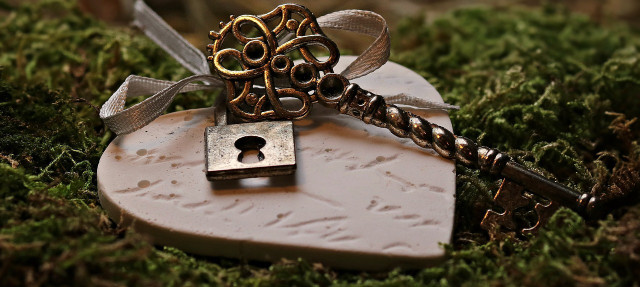


Moss is an excellent addition to any garden, but not everyone can keep it alive. If you want to get your hands on a bit of moss, it can be difficult to grow it indoors. This is because moss requires a lot of light and moisture. However, it can easily be used indoors if you learn how to preserve moss.
You can use moss to add some greenery to your indoor space. It is easy to care for and can be used in many different ways. You can use it to make a moss plant pot that can provide you with some greenery, or you can use it as decoration or jewelry. You can even use it as living moss wall art.
How to Preserve Moss: Step-by-Step
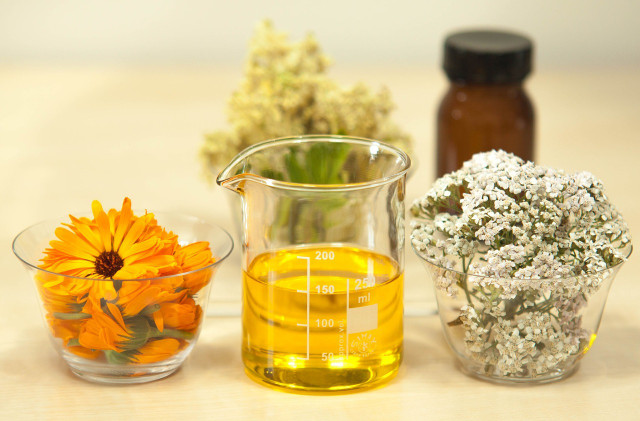


Learn how to preserve moss using two simple methods.
Materials:
- Moss
- Water
- Old newspaper
- Glycerin
- Large bowl or tray
Instructions:
- Clean off any leaves, grass, or dirt from the moss by rinsing with water.
- Lay out the moss on some old newspaper and leave it to dry for at least 5 days in a shed or warm area.
- Add one part glycerin to three parts water in a large bowl.
- Place the moss in the bowl and leave it to soak for one hour.
- Remove the moss and place it on the newspaper until dry.
- Once dry, store in an airtight container to use as needed.
The second method uses methyl hydrate, sometimes called wood spirit. It’s worth noting that methyl hydrate is a gas by-product, although you can find products made from renewable sources such as waste, biomass, and recycled carbon dioxide. It is an alcohol fuel that increases the longevity and effectiveness of moss preservation. However, methyl hydrate is toxic to humans and should be used with caution. The National Library of Medicine advises avoiding skin contact and inhalation. Please wear gloves and a mask when using it.
Materials:
- Moss
- Water
- Old newspaper
- Glycerin
- Methyl hydrate
- Large bowl or tray
Instructions:
- Wash the moss with water.
- Leave on a newspaper to dry for at least 5 days.
- Combine two parts glycerin with one part methyl hydrate in a large bowl.
- Soak the moss in the solution for 10 minutes.
- Remove the moss and set it on paper until dry.
Store in an airtight container to use as needed.
Tips and Takeaways
Learning how to preserve moss is a great way to add some greenery to your space. It is beautiful and vibrant and also great for noise cancellation. However, moss is not something that should be used in large quantities. You should also take care not to use moss in areas with a lot of foot traffic and clean it appropriately for the best results.
You can experiment with different projects by using dyes to add some color to your moss creations. If you’re using the first method, you can add an extra step before soaking by boiling the moss in the glycerin mixture with a few drops of fabric dye. Simply leave to cool and soak for an hour or so, and dry as usual.
Read on:
- 18 Best Free Plant Identification Apps of 2022
- Horticultural Therapy: How Gardening Can Help You Heal
- Natural Dyeing: How to Use Natural Dyes for Fabric
Do you like this post?






